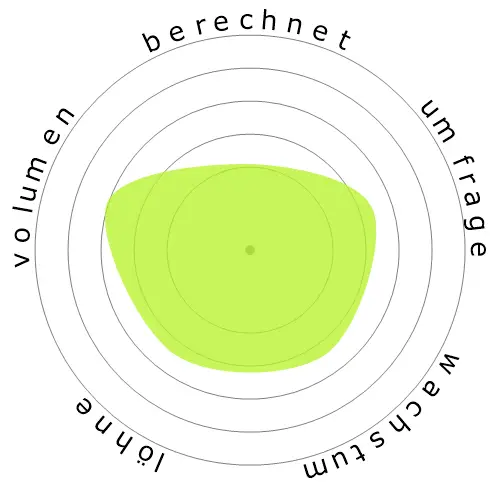Radiologietechnologen und -techniker




Personen haben sich auch angesehen
Berechnetes Automatisierungsrisiko
Mäßiges Risiko (41-60%): Berufe mit einem mäßigen Automatisierungsrisiko beinhalten in der Regel Routineaufgaben, erfordern jedoch immer noch ein gewisses menschliches Urteilsvermögen und Interaktion.
Weitere Informationen darüber, was dieser Wert ist und wie er berechnet wird, sind verfügbar hier.
Benutzerumfrage
Unsere Besucher haben abgestimmt, dass sie unsicher sind, ob dieser Beruf automatisiert wird. Diese Einschätzung wird weiterhin durch das berechnete Automatisierungsrisiko unterstützt, welches eine 58% Chance der Automatisierung schätzt.
Was denken Sie, ist das Risiko der Automatisierung?
Wie hoch ist die Wahrscheinlichkeit, dass Radiologietechnologen und -techniker in den nächsten 20 Jahren durch Roboter oder künstliche Intelligenz ersetzt wird?
Gefühl
Das folgende Diagramm wird überall dort eingefügt, wo eine beträchtliche Anzahl von Stimmen vorliegt, um aussagekräftige Daten darzustellen. Diese visuellen Darstellungen zeigen die Ergebnisse von Nutzerumfragen im Laufe der Zeit und geben einen wichtigen Hinweis auf Stimmungstrends.
Gefühlslage über die Zeit (jährlich)
Wachstum
Die Anzahl der 'Radiologic Technologists and Technicians' Stellenangebote wird voraussichtlich um 5,8% bis 2033 steigen.
Gesamtbeschäftigung und geschätzte Stellenangebote
Aktualisierte Prognosen sind fällig 09-2025.
Löhne
Im Jahr 2023 betrug das mittlere Jahresgehalt für 'Radiologic Technologists and Technicians' 73.410 $, oder 35 $ pro Stunde.
'Radiologic Technologists and Technicians' wurden 52,7% höher bezahlt als der nationale Medianlohn, der bei 48.060 $ lag.
Löhne über die Zeit
Volumen
Ab dem 2023 waren 221.170 Personen als 'Radiologic Technologists and Technicians' in den Vereinigten Staaten beschäftigt.
Dies entspricht etwa 0,15% der erwerbstätigen Bevölkerung im ganzen Land.
Anders ausgedrückt, ist etwa 1 von 686 Personen als 'Radiologic Technologists and Technicians' beschäftigt.
Stellenbeschreibung
Führen Sie Röntgen- und CT-Scans durch oder verabreichen Sie nicht radioaktive Materialien in den Blutkreislauf des Patienten zu diagnostischen oder Forschungszwecken. Beinhaltet radiologische Technologen und Techniker, die sich auf andere Scan-Modalitäten spezialisiert haben.
SOC Code: 29-2034.00


Kommentare
Secondly we have kids and kids will be scared if a piece of metal tries to grab him so you need human interaction
Fortunately, there are also too many different makes of machines. For one robot to be programmed to fault find and fix all makes of x-ray machines is going to take at least 40 years to develop, which won't be worth an engineer's effort based on its purpose.
This job will not become redundant in the next 20 years.
Hinterlassen Sie eine Antwort zu diesem Beruf